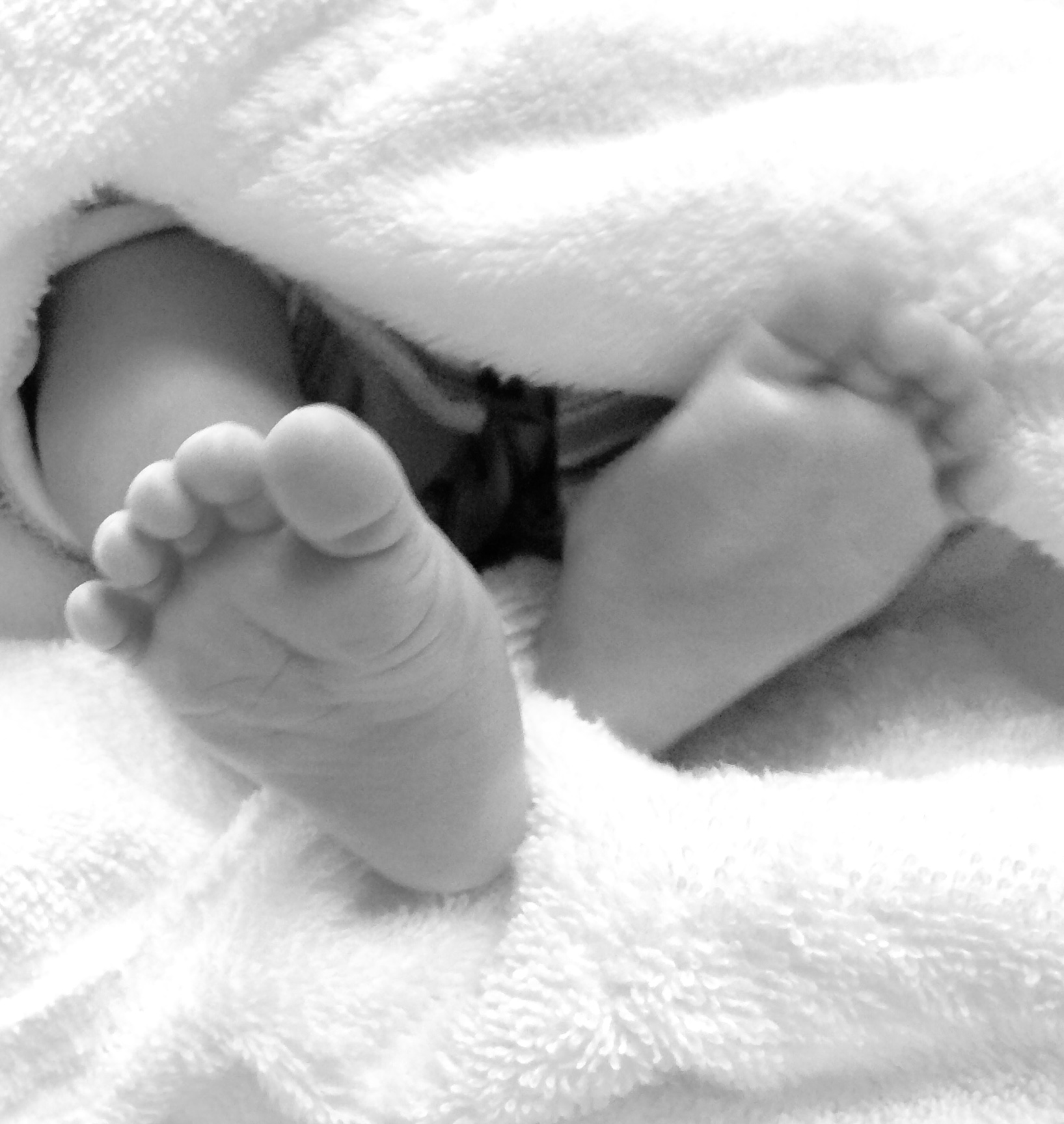Top tips on reducing your baby’s exposure to harmful toxins in your home
It’s a large and potentially daunting topic, but there’s mounting evidence about the dangers of certain chemicals and toxins in our every day lives. We strongly believe that keeping babies away from environmental toxins and surrounded by natural products will give them the healthiest possible start in life, so we want to share some of the key points with you.
It is now well researched that harmful toxins in plastics, foams and synthetic materials, as well as dying and processing chemicals added to many fabrics, can enter the body both through skin contact, via the lungs and also orally when babies chew on things. Frighteningly, it takes just 26 seconds for these chemical gatecrashers to enter the bloodstream via our skin alone.

Babies are far more susceptible to toxins than adults as they take in a lot more of their environment relative to their body weight, often put things in their mouths, and have underdeveloped defences to neutralise toxins once inside the body.
Picture the fluff which you regularly pull off of your tumble dryer filter… these are the microfibres which end up in your baby’s tummy when they suck on favourite teddies, toys and socks (yes, they love a good suck on a sock!). Babies breath in up to twice as much air relative to their body weight than adults. They are developing very fast, and many of the toxins found in every day life can disrupt or impair development at crucial stages. Even very small doses of chemicals can disrupt their delicate hormone balance and lead to disease in years to come. Worryingly, there is now growing research to suggest that exposure to certain chemicals during these early years can also permanently mutate DNA, which is then passed down for generations to come.
While we appreciate that it’s not practical to avoid synthetic products all together, we would like to encourage you to become more aware of your surroundings and the choices you are making for your babies. Here are a few typical materials found around in everyday baby products, but we can’t list them all! Please, do your own research and make sure you are happy with the materials and ingredients in what you are buying.
Polyester
Often used for soft toys, sleeping bag wadding, clothes etc. Babies have a limited ability to regulate their body heat, and polyester impairs the body’s natural ability to regulate temperature. Dyes and other processing chemicals added to the fabric are known to contain some of the most harmful chemicals to human health. Much research has been done linking the wearing of toxic fabrics and fibres to cancer, hormonal dysfunction, immunity harm and developmental and behavioural problems. As polyester is highly flammable it’s often treated with a fire retardant which adds to the toxic load. Polyester is a petroleum derived substance, a non-renewable resource, ending life as a non-biodegradable reminder of human mass consumption.
EVA foam
EVA foam was thought to be a safe alternative to PVC, until new research came out in 2012. EVA foam contains formamide, used to make the foam soft. Formamide is known to give off developmental and carcinogenic toxins into the air, and it can also be absorbed into the skin when babies are in direct contact with the material. Due to these health concerns, EVA foam has been banned for use in children’s play mats in several European countries. It’s nasty stuff.
PVC and pthalates
PVC is a thermoplastic polymer, and one of the most toxic plastics produced. PVC releases dangerous chemicals into the air and should be avoided wherever possible and kept well away from little people. It often also contains phthalates, a known endocrine disruptor. PVC containing phthalates was banned for use in baby toys following an emergency government meeting in 1999. Shops had to remove all offending items from shelves with immediate effect. PVC and phthalates still make their way into many baby items not classified as ‘toys’, despite the risks being well known. Phthalates can be found in many cosmetics and bath products. PVC is used wherever you see ‘soft’ plastic – including buggy covers which should be used with caution, aired before each outing and used to a minimum.
Lead and formaldehyde
Often components in fabric dyes, textiles and inks. Formaldehyde has been linked to cancers such as leukemia, and exposure to lead can impair brain growth and damage the liver. There are hundreds of other harmful substances often used in fabric dyes, so be cautious of your choices. Look out for the Oeko-Tex Standard 100 and GOTS certifications which ensure safer fabrics.
